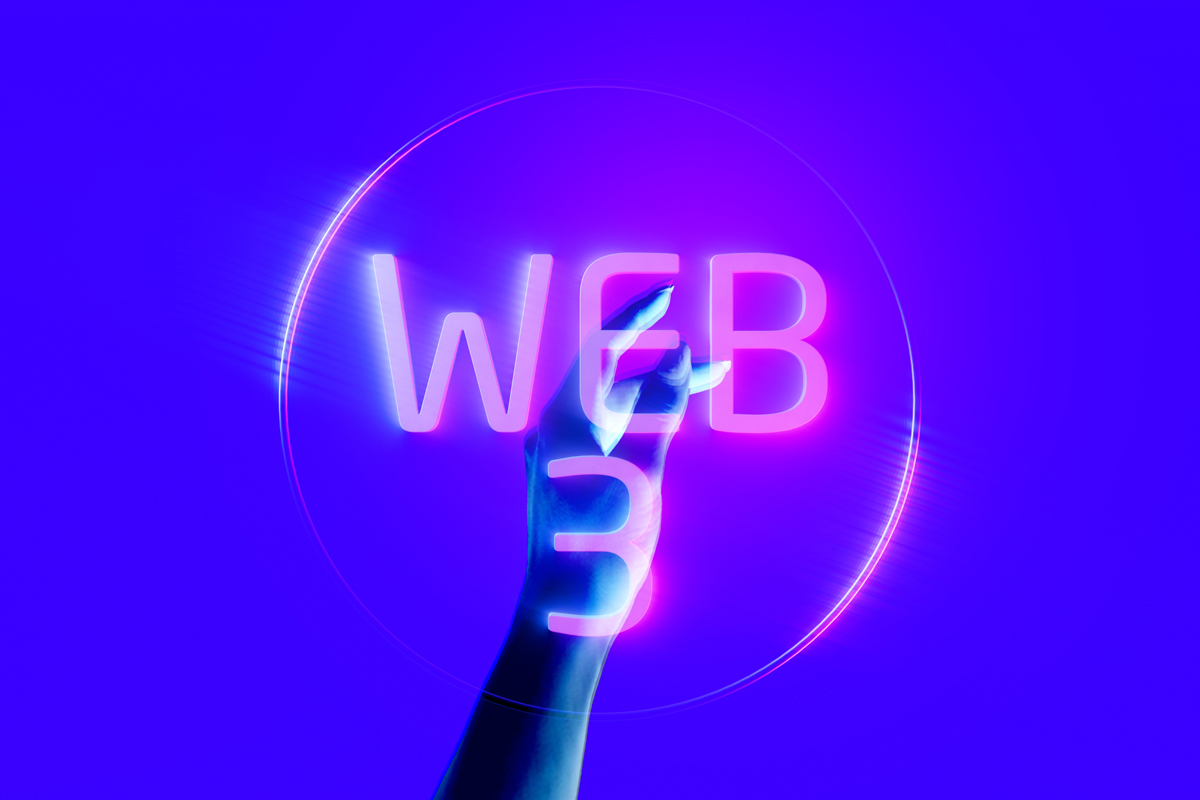Welcome to our Web3 FAQ. As the web design industry continues to evolve, it’s important to stay informed about the latest developments in technology. Web3, also known as Web 3.0, is one such development that is gaining a lot of attention. It’s a decentralized, open-source platform that aims to give users more control over their data and online interactions. In this FAQ, we will be answering some of the most commonly asked questions about Web3, from what it is and how it differs from previous versions of the web, to its key components, advantages, and challenges. Whether you’re a web designer, developer, or just someone interested in the future of the web, this FAQ will provide you with a better understanding of Web3 and its potential for the future.
Web2, also known as the “current” or “traditional” internet, is based on centralized systems and controlled by a few large companies. In contrast, Web3 is built on decentralized technologies and aims to give users more control and autonomy over their online experiences.
The main technology used in Web3 is the blockchain, specifically distributed ledger technology (DLT). Other technologies such as peer-to-peer networking, smart contracts, and decentralized storage are also used to create a decentralized and secure environment.
To start using Web3, you’ll need to use a browser extension, such as MetaMask, that allows you to interact with the decentralized web. You can also download a mobile wallet, such as Coinbase Wallet, to store and use cryptocurrency on Web3.
Some of the challenges facing the development of Web3 include scalability, user experience, and regulatory compliance. Additionally, the technology is still new and evolving, so it may take some time for it to mature and gain widespread adoption.
To stay up to date on the latest developments in Web3, you can follow Web3 developers and researchers on social media, subscribe to industry publications such as CoinDesk, or attend virtual and in-person conferences and meetups.
Web3 wallets are digital wallets that store cryptocurrency and allow users to interact with the decentralized web. They use private keys to secure the user’s assets, and they can also be used to sign smart contracts and other Web3 transactions. Some examples of Web3 wallets are MetaMask, Trust Wallet, and MyEtherWallet.
Decentralized Finance (DeFi) is a financial system built on blockchain technology that enables peer-to-peer financial transactions without the need for intermediaries such as banks. This allows for new forms of lending, borrowing, and trading of assets. DeFi apps built on Web3 allow for more transparent and open financial systems where users have more control over their assets.
No, existing Web2 apps are not compatible with Web3 as they are built to run on centralized servers and rely on traditional financial infrastructure. Web3 apps are built to run on decentralized infrastructure and use cryptocurrency for transactions.
Welcome to our Web3 FAQ. As the web design industry continues to evolve, it’s important to stay informed about the latest developments in technology. Web3, also known as Web 3.0, is one such development that is gaining a lot of attention. It’s a decentralized, open-source platform that aims to give users more control over their data and online interactions. In this FAQ, we will be answering some of the most commonly asked questions about Web3, from what it is and how it differs from previous versions of the web, to its key components, advantages, and challenges. Whether you’re a web designer, developer, or just someone interested in the future of the web, this FAQ will provide you with a better understanding of Web3 and its potential for the future.
Web2, also known as the “current” or “traditional” internet, is based on centralized systems and controlled by a few large companies. In contrast, Web3 is built on decentralized technologies and aims to give users more control and autonomy over their online experiences.
The main technology used in Web3 is the blockchain, specifically distributed ledger technology (DLT). Other technologies such as peer-to-peer networking, smart contracts, and decentralized storage are also used to create a decentralized and secure environment.
To start using Web3, you’ll need to use a browser extension, such as MetaMask, that allows you to interact with the decentralized web. You can also download a mobile wallet, such as Coinbase Wallet, to store and use cryptocurrency on Web3.
Some of the challenges facing the development of Web3 include scalability, user experience, and regulatory compliance. Additionally, the technology is still new and evolving, so it may take some time for it to mature and gain widespread adoption.
To stay up to date on the latest developments in Web3, you can follow Web3 developers and researchers on social media, subscribe to industry publications such as CoinDesk, or attend virtual and in-person conferences and meetups.
Web3 wallets are digital wallets that store cryptocurrency and allow users to interact with the decentralized web. They use private keys to secure the user’s assets, and they can also be used to sign smart contracts and other Web3 transactions. Some examples of Web3 wallets are MetaMask, Trust Wallet, and MyEtherWallet.
Decentralized Finance (DeFi) is a financial system built on blockchain technology that enables peer-to-peer financial transactions without the need for intermediaries such as banks. This allows for new forms of lending, borrowing, and trading of assets. DeFi apps built on Web3 allow for more transparent and open financial systems where users have more control over their assets.
No, existing Web2 apps are not compatible with Web3 as they are built to run on centralized servers and rely on traditional financial infrastructure. Web3 apps are built to run on decentralized infrastructure and use cryptocurrency for transactions.





